
About TÜV SUD:
In 1866, our founders had a bold vision to reduce the impact of technological risks and protect people, assets and the environment. More than 150 years on, sustainability and safety continue to be the backbone of our mission and services.
Our aim is to inspire trust in technology, enabling progress by managing technology-related risks and facilitating change. This commitment is embodied in our claim “Add value. Inspire trust.” We work progressively towards being the trusted partner of choice for safety, security and sustainability solutions, adding tangible value to our clients globally. As we look towards the future, we believe that sustainability and digitalization will continue to shape the narrative of commerce and society.
Today, we are represented by more than 26,000 employees located across over 1,000 locations. Our community of experts is passionate about technology and is inspired by the possibilities of your business. United by the belief that technology should better people’s lives, we work alongside our customers to anticipate and capitalise on technological developments.
Going beyond regulatory compliance, we inspire trust in a physical and digital world to create a safer and more sustainable future.
About the article:
"Let there be light - From matches to solar fields: In order to satisfy the need for light and energy, clever minds are constantly coming up with new technologies. Five shining examples."
Agengy: Muehlhusmoers
Representative agency: Kombinatrottweiss
Representative agency: Kombinatrottweiss
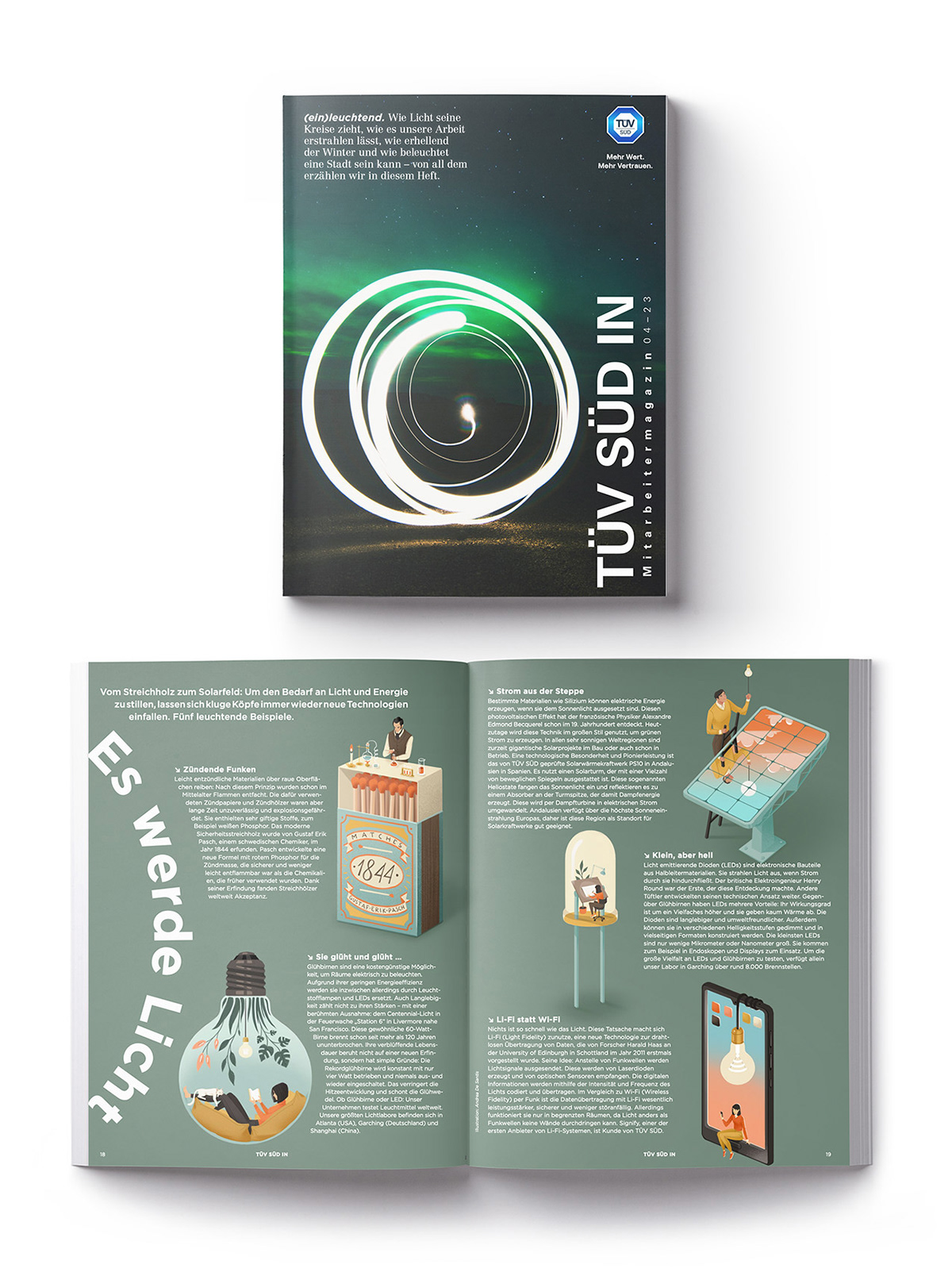
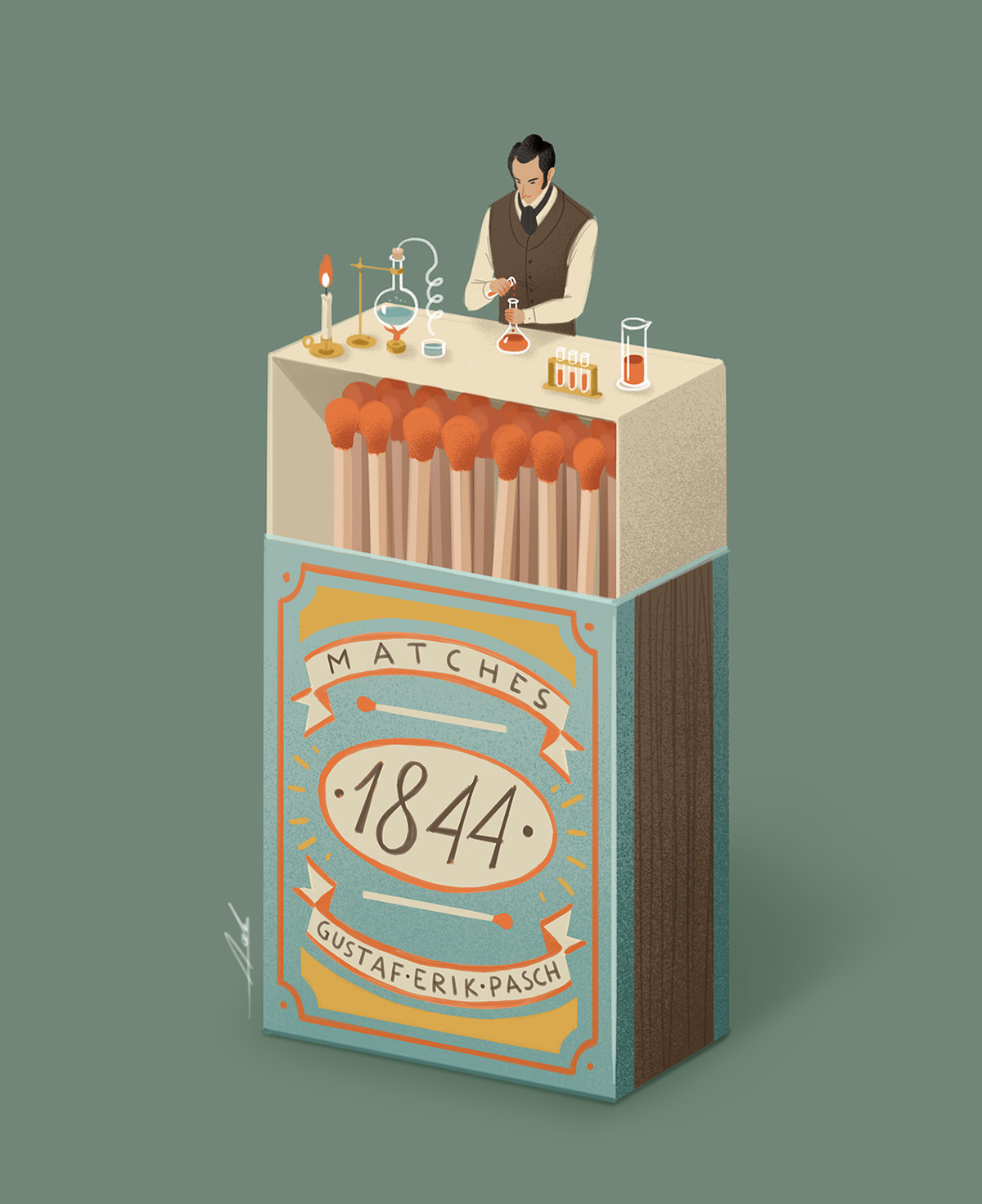
"Igniting sparks
Rubbing highly flammable materials over rough surfaces: This principle was used to ignite flames in the Middle Ages. However, the ignition papers and matches used for this purpose were unreliable and explosive for a long time. They contained very toxic substances, such as white phosphorus. The modern safety match was invented by Gustaf Erik Pasch, a Swedish pharmacist, in 1844. Pasch developed a new formula using red phosphorus for the ignition compound that was safer and less flammable than the chemicals previously used. Thanks to his invention, matches found acceptance worldwide."
Rubbing highly flammable materials over rough surfaces: This principle was used to ignite flames in the Middle Ages. However, the ignition papers and matches used for this purpose were unreliable and explosive for a long time. They contained very toxic substances, such as white phosphorus. The modern safety match was invented by Gustaf Erik Pasch, a Swedish pharmacist, in 1844. Pasch developed a new formula using red phosphorus for the ignition compound that was safer and less flammable than the chemicals previously used. Thanks to his invention, matches found acceptance worldwide."
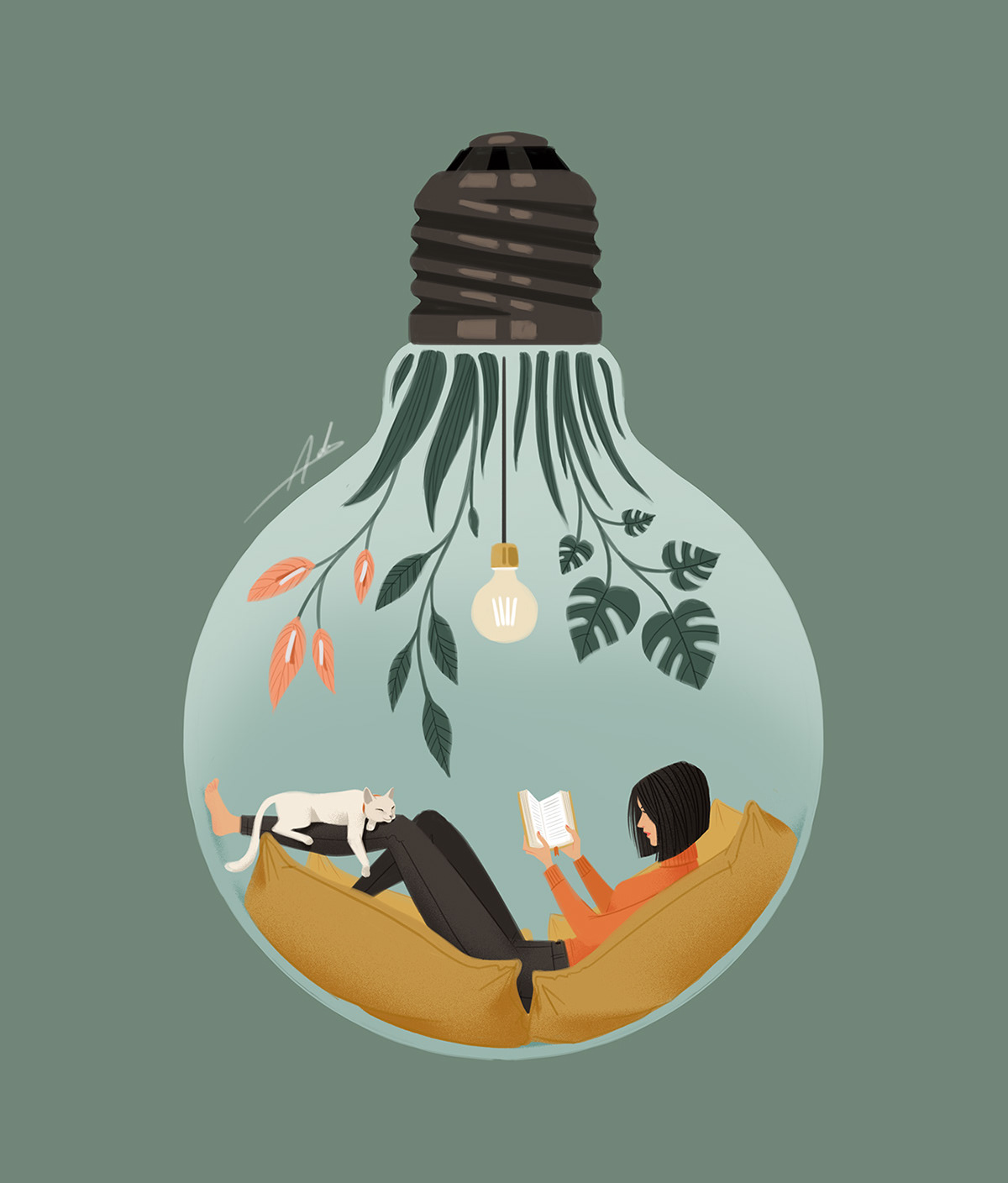
"She glows and glows...
Light bulbs are a cost-effective way to provide electrical lighting to rooms. However, due to their low energy efficiency, they are now being replaced by fluorescent lamps and LEDs. Longevity is also not one of their strengths - with one famous exception: the Centennial light in the “Station 6” fire station in Livermore near San Francisco. This ordinary 60-watt bulb has been burning continuously for more than 120 years. Its amazing lifespan is not due to a new invention, but rather to simple reasons: the record-breaking light bulb is constantly operated with just 4 watts and is never switched off and on again. This reduces heat development and protects the glow feathers. Whether light bulb or LED: Our company tests light sources worldwide. Our largest light laboratories are located in Atlanta (USA), Garching (Germany) and Shanghai (China)."
Light bulbs are a cost-effective way to provide electrical lighting to rooms. However, due to their low energy efficiency, they are now being replaced by fluorescent lamps and LEDs. Longevity is also not one of their strengths - with one famous exception: the Centennial light in the “Station 6” fire station in Livermore near San Francisco. This ordinary 60-watt bulb has been burning continuously for more than 120 years. Its amazing lifespan is not due to a new invention, but rather to simple reasons: the record-breaking light bulb is constantly operated with just 4 watts and is never switched off and on again. This reduces heat development and protects the glow feathers. Whether light bulb or LED: Our company tests light sources worldwide. Our largest light laboratories are located in Atlanta (USA), Garching (Germany) and Shanghai (China)."
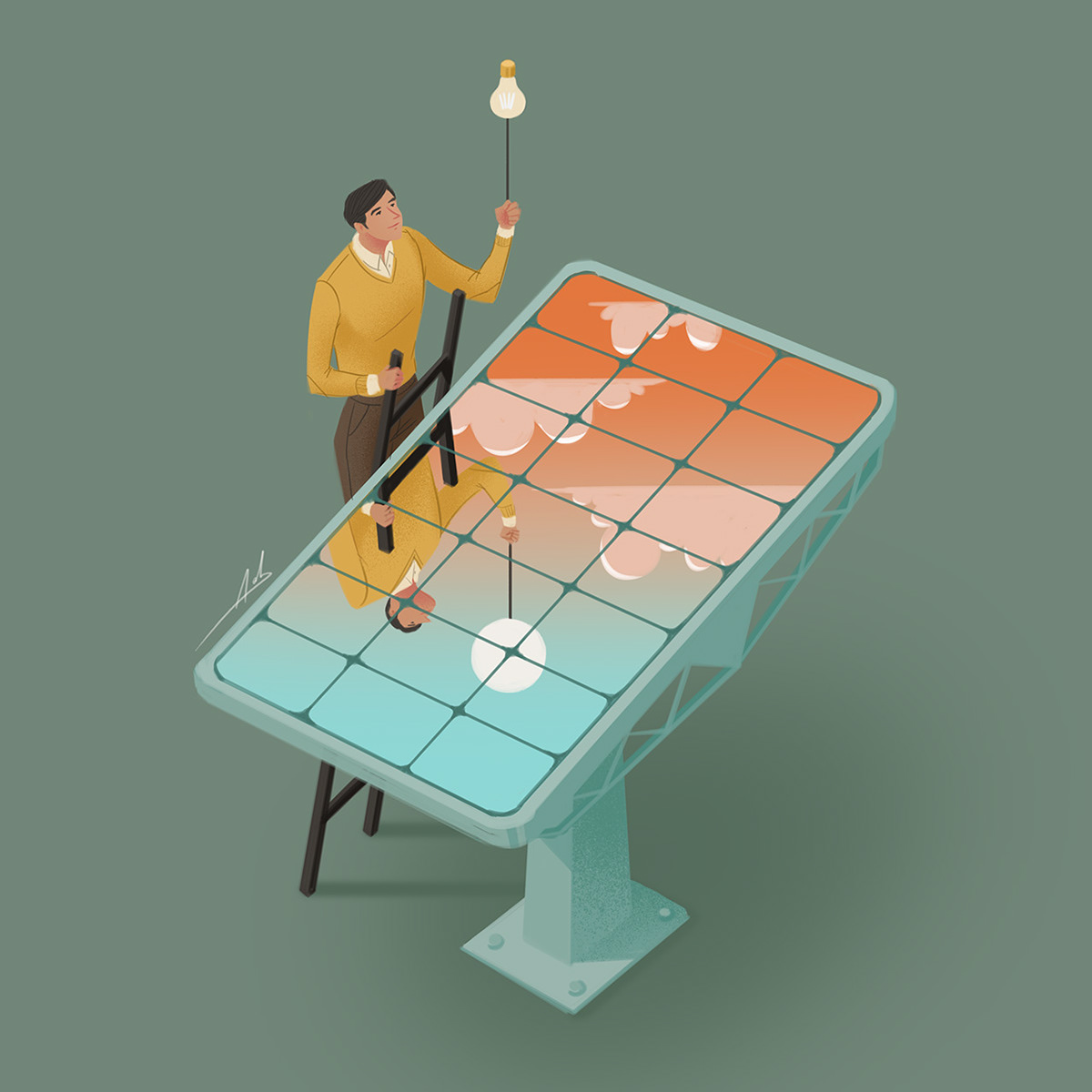
"Electricity from the steppe
Certain materials, such as silicon, can generate electrical energy when exposed to sunlight. The French physicist Edmond Becquerel discovered this photovoltaic effect in the 19th century. Nowadays, this technology is used on a large scale to generate green electricity. Gigantic solar projects are currently under construction or already in operation in all very sunny regions of the world. A technological specialty and pioneering achievement is the PS10 solar thermal power plant in Andalusia in Spain, which was tested by TÜV SÜD. It uses a solar tower equipped with a variety of movable mirrors. These so-called heliostats capture sunlight and reflect it to an absorber at the top of the tower, which uses it to generate steam energy. This is converted into electricity using a steam turbine. Andalusia has the highest solar radiation in Europe, making this region a well-suited location for solar power plants."
Certain materials, such as silicon, can generate electrical energy when exposed to sunlight. The French physicist Edmond Becquerel discovered this photovoltaic effect in the 19th century. Nowadays, this technology is used on a large scale to generate green electricity. Gigantic solar projects are currently under construction or already in operation in all very sunny regions of the world. A technological specialty and pioneering achievement is the PS10 solar thermal power plant in Andalusia in Spain, which was tested by TÜV SÜD. It uses a solar tower equipped with a variety of movable mirrors. These so-called heliostats capture sunlight and reflect it to an absorber at the top of the tower, which uses it to generate steam energy. This is converted into electricity using a steam turbine. Andalusia has the highest solar radiation in Europe, making this region a well-suited location for solar power plants."
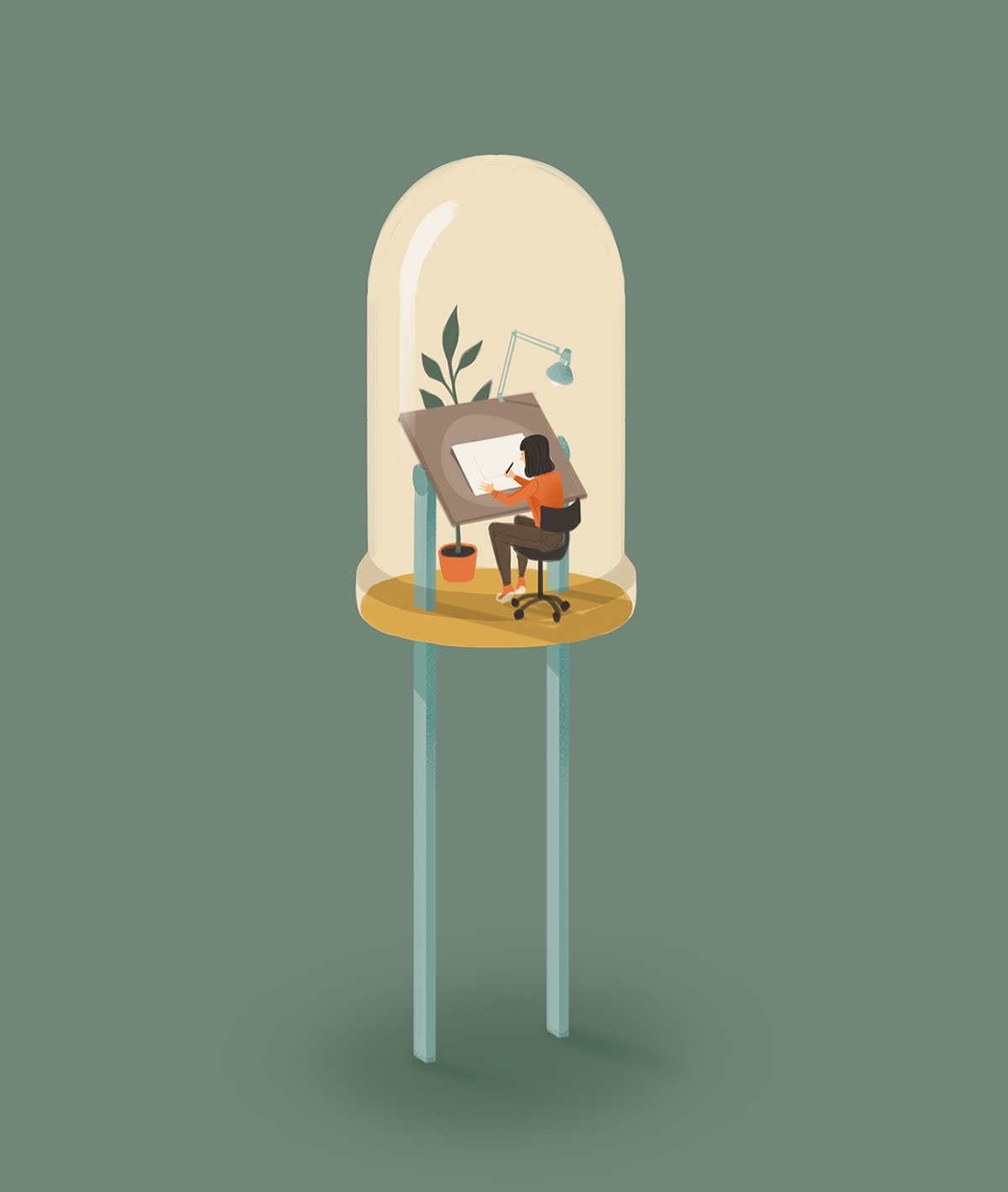
"Small but bright
Light-emitting diodes (LEDs) are electronic components made from semiconductor materials. They emit light when electricity flows through them. British electrical engineer Henry Round was the first to make this discovery. Other tinkerers further developed his technical approach. LEDs have several advantages over light bulbs: their efficiency is many times higher and they hardly emit any heat. The diodes are more durable and more environmentally friendly. They can also be dimmed to different brightness levels and constructed in versatile formats. The smallest LEDs are only a few micrometers or nanometers in size. They are used, for example, in endoscopes and displays. In order to test the wide variety of LEDs and light bulbs, our laboratory in Garching alone has around 8,000 lighting points."
Light-emitting diodes (LEDs) are electronic components made from semiconductor materials. They emit light when electricity flows through them. British electrical engineer Henry Round was the first to make this discovery. Other tinkerers further developed his technical approach. LEDs have several advantages over light bulbs: their efficiency is many times higher and they hardly emit any heat. The diodes are more durable and more environmentally friendly. They can also be dimmed to different brightness levels and constructed in versatile formats. The smallest LEDs are only a few micrometers or nanometers in size. They are used, for example, in endoscopes and displays. In order to test the wide variety of LEDs and light bulbs, our laboratory in Garching alone has around 8,000 lighting points."
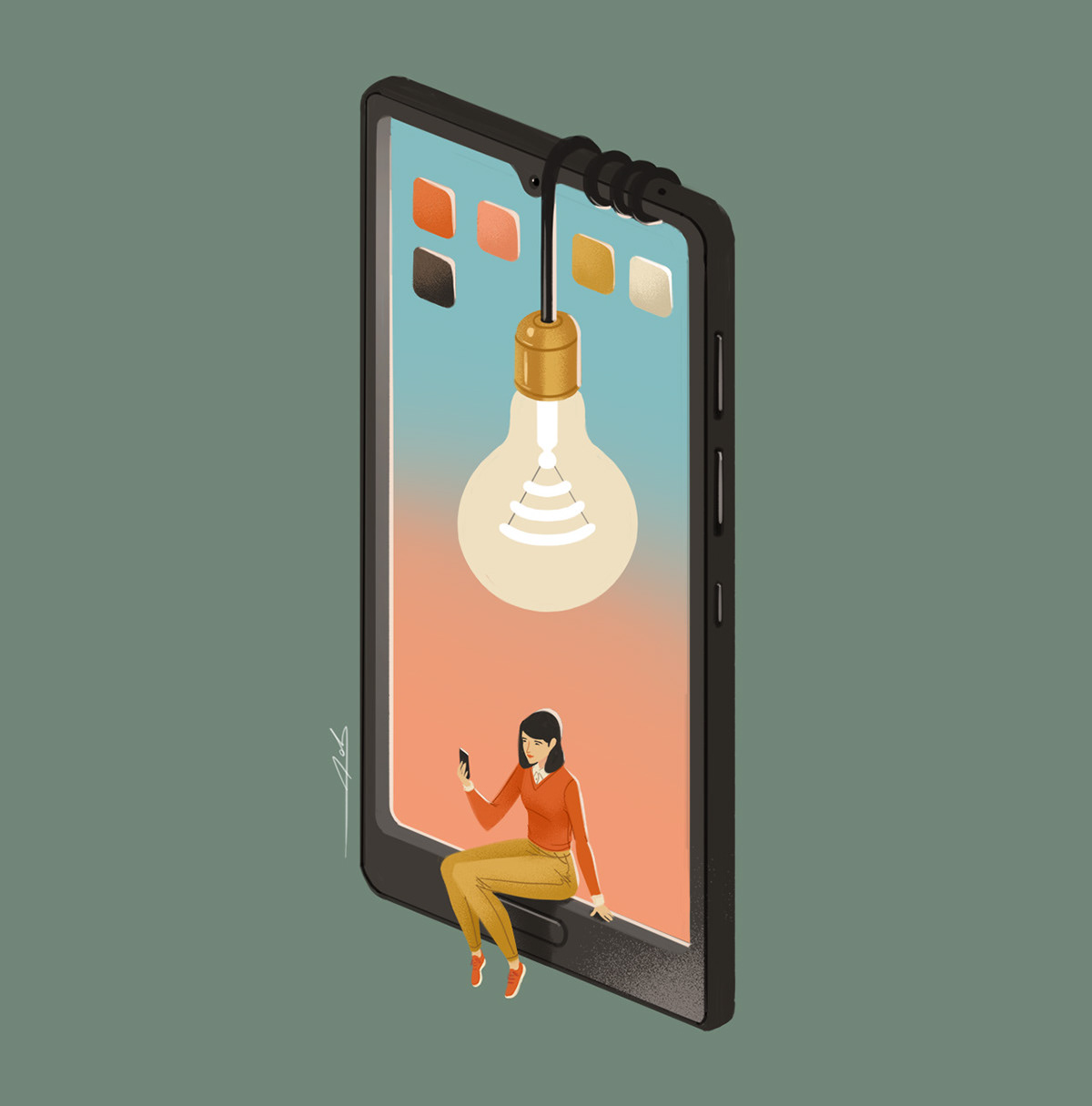
"Li-Fi instead of Wi-Fi
Nothing is as fast as light. Li-Fi (Light Fidelity), a new technology for wireless data transmission that was first presented by researcher Harald Haas at the University of Edinburgh in Scotland in 2011, takes advantage of this fact. His idea: Instead of radio waves, light signals are emitted. These are generated by laser diodes and received by optical sensors. The digital information is encoded and transmitted using the intensity and frequency of light. Compared to Wi-Fi (Wireless Fidelity) via radio, data transmission with Li-Fi is significantly more powerful, more secure and less susceptible to interference. However, it only works in limited spaces because, unlike radio waves, light cannot penetrate walls. Signify, one of the first providers of Li-Fi systems, is a customer of TÜV SÜD."
Nothing is as fast as light. Li-Fi (Light Fidelity), a new technology for wireless data transmission that was first presented by researcher Harald Haas at the University of Edinburgh in Scotland in 2011, takes advantage of this fact. His idea: Instead of radio waves, light signals are emitted. These are generated by laser diodes and received by optical sensors. The digital information is encoded and transmitted using the intensity and frequency of light. Compared to Wi-Fi (Wireless Fidelity) via radio, data transmission with Li-Fi is significantly more powerful, more secure and less susceptible to interference. However, it only works in limited spaces because, unlike radio waves, light cannot penetrate walls. Signify, one of the first providers of Li-Fi systems, is a customer of TÜV SÜD."
- T H A N K S F O R W A T C H I N G -



